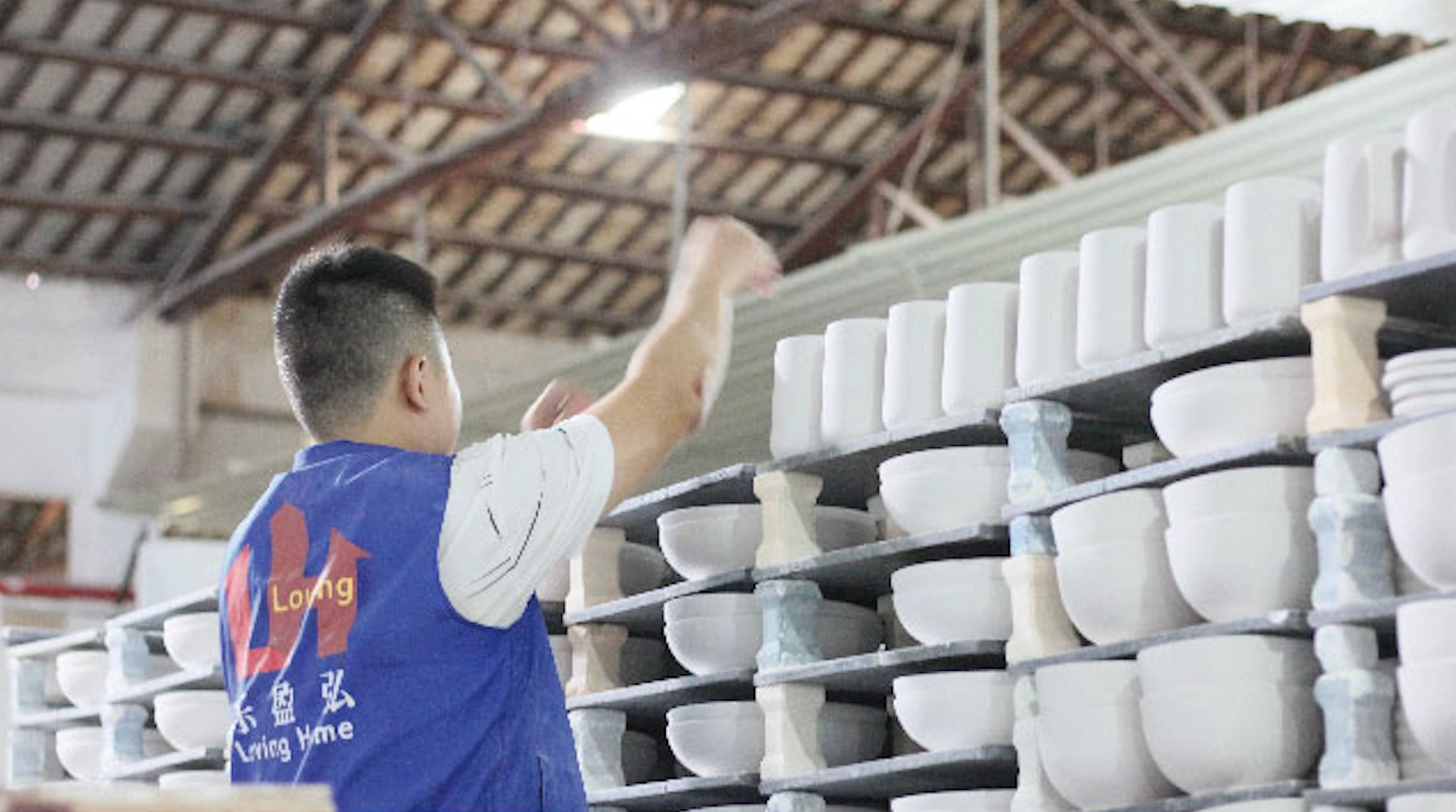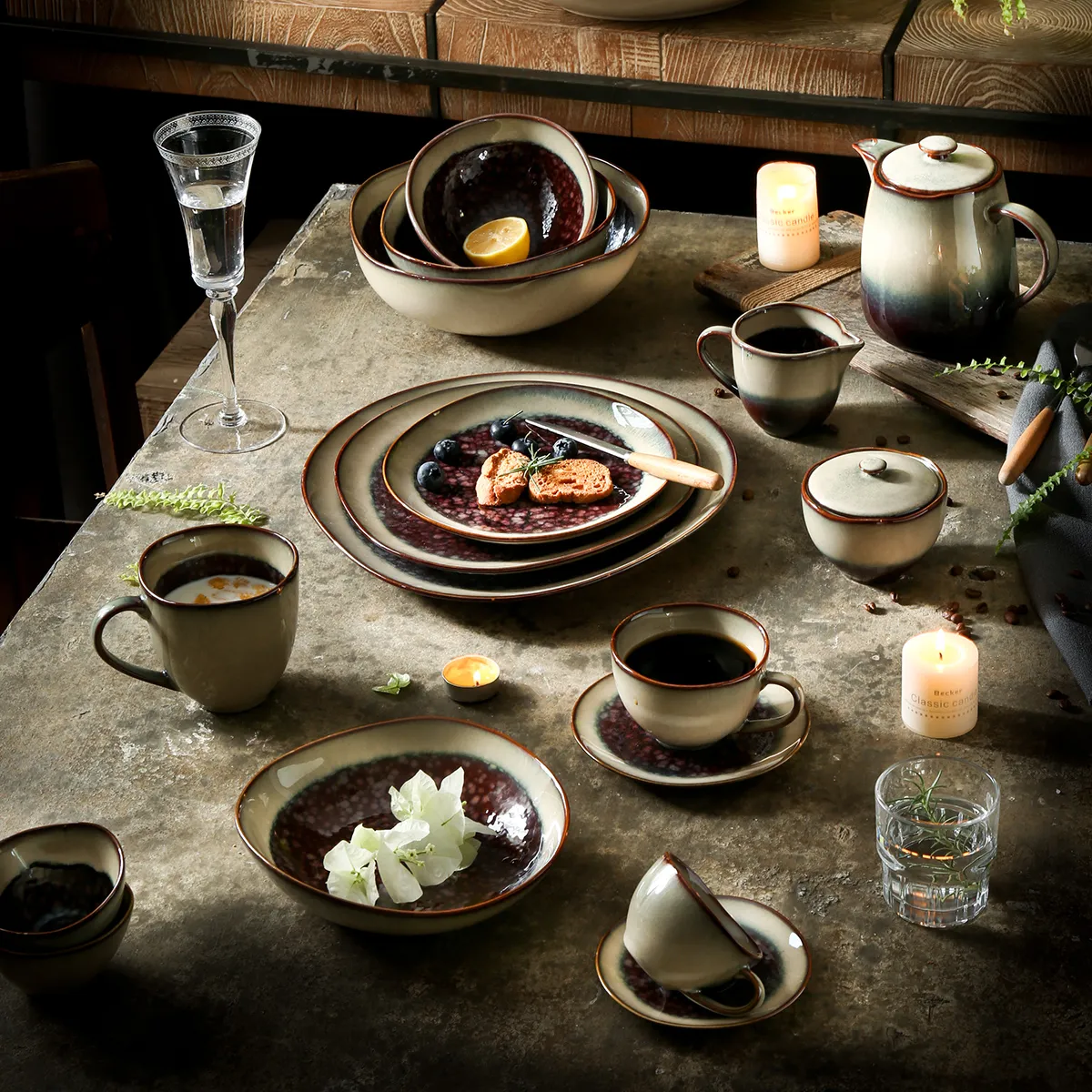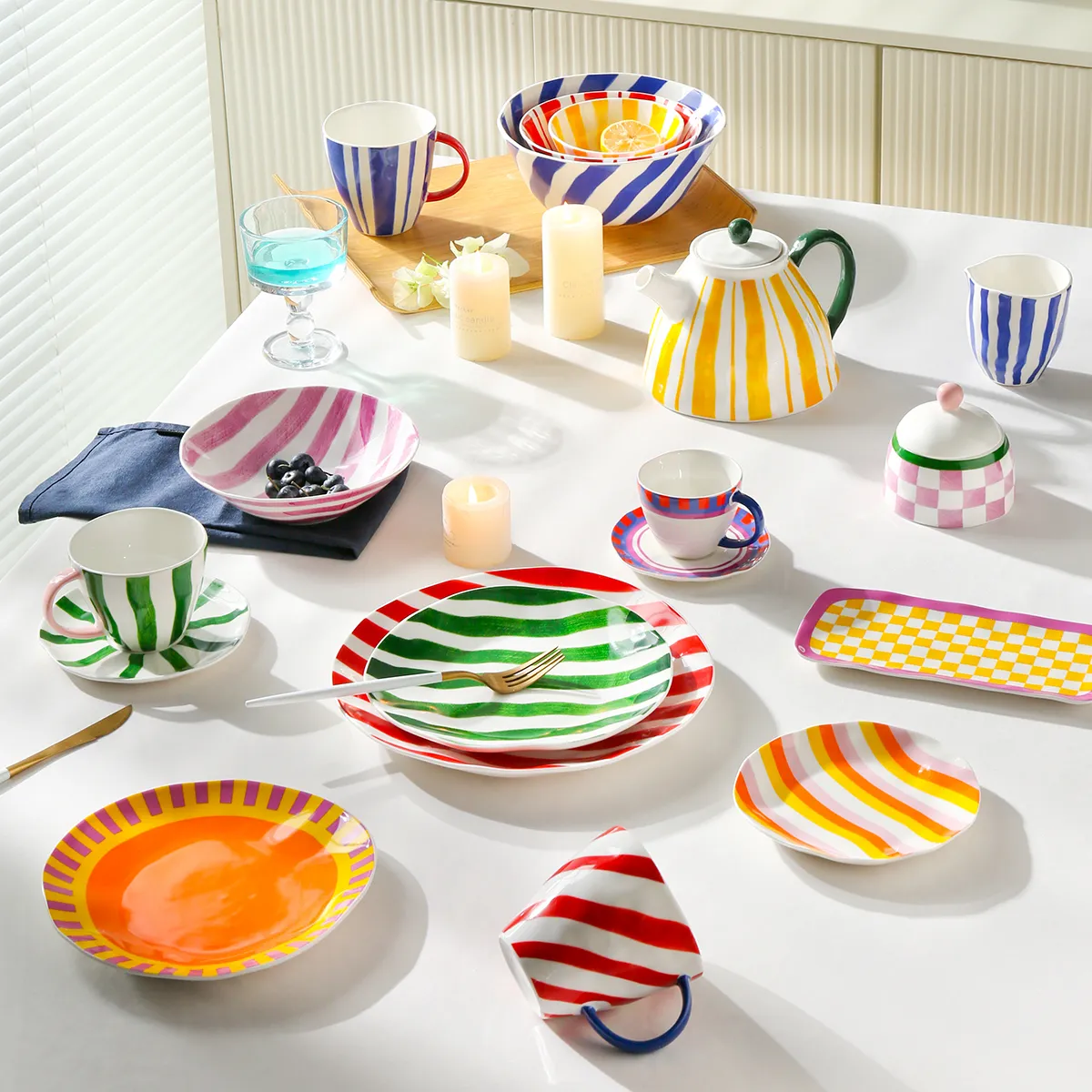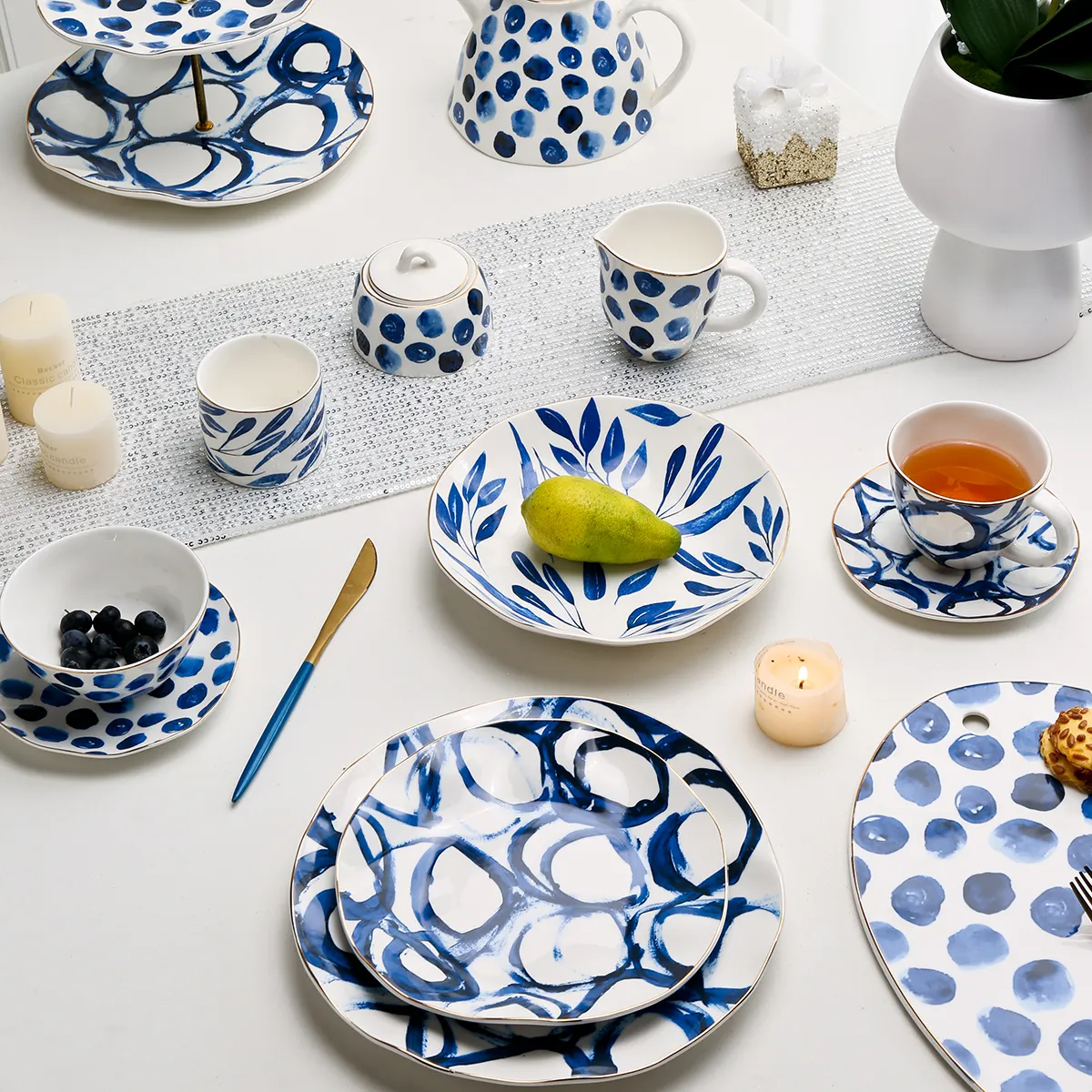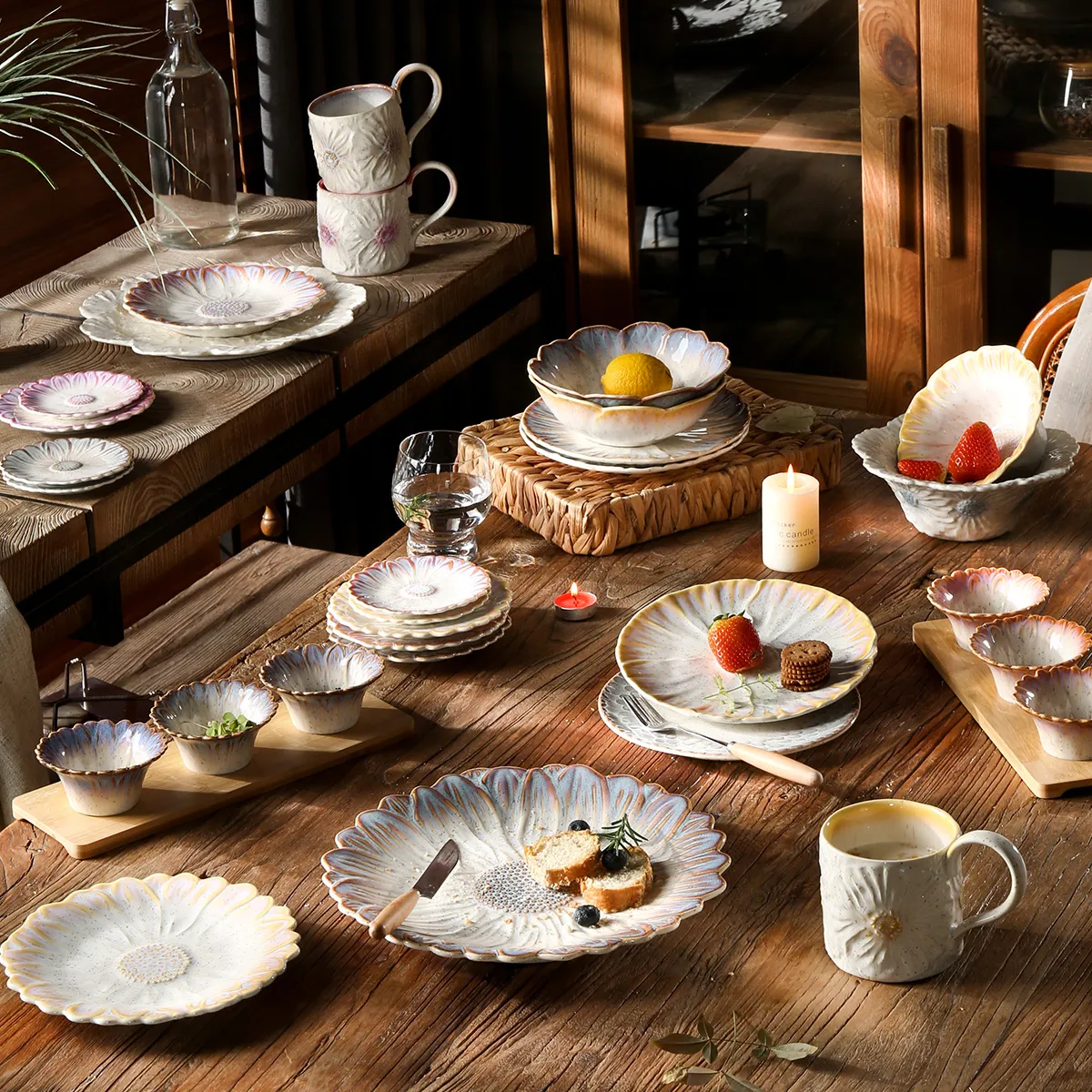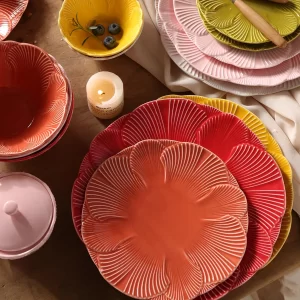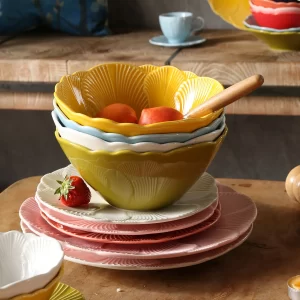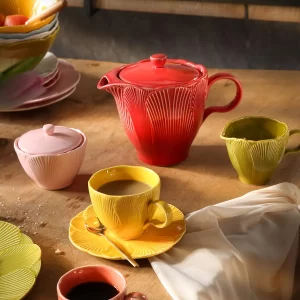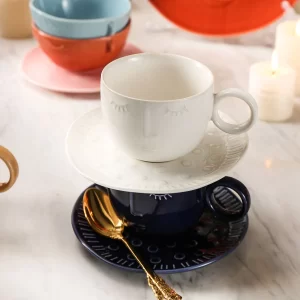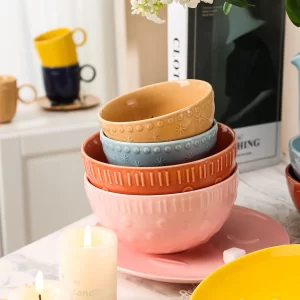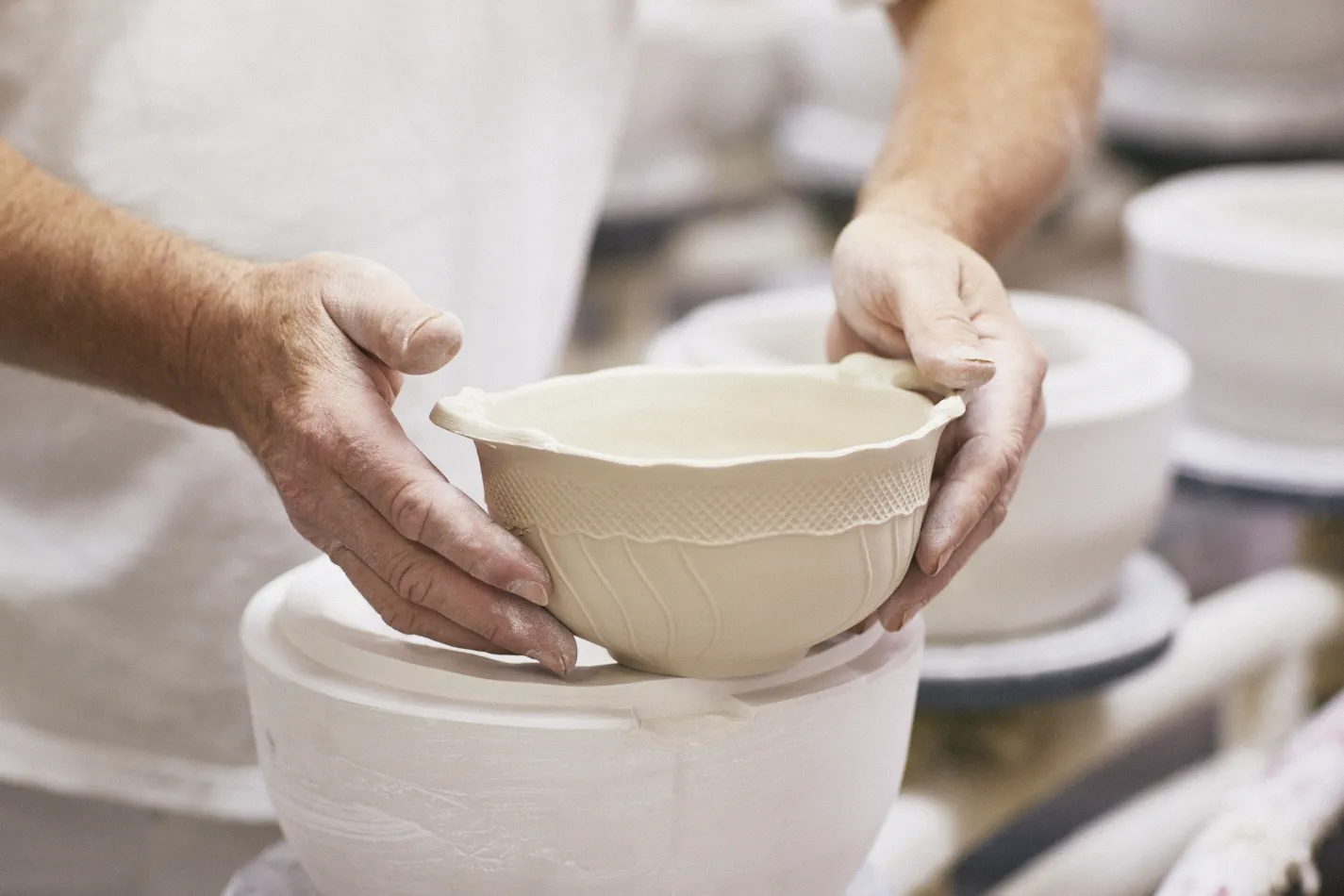
As one of the best representatives of human civilization, Porcelain is not only a utilitarian vessel but a concentration of art and culture. As a ceramic tableware manufacturer with rich industry experience, Un foyer d'amour has always followed tradition and innovation and provided customers with quality ceramic dinnerware products and customization services. Here in this article, we’ll take you through the origin and evolution of porcelain, unveiling the millennium history of the ancient craft.
The Origins of Porcelain: From Pottery to Proto-Porcelain
The invention of porcelain was not achieved overnight but was a transitional process from pottery to proto-porcelain. Archaeological evidence indicates that China’s earliest proto-porcelain was in the mid-Shang Dynasty (c. 16th century BCE) and was termed “primitive celadon.” These proto-porcelains were coarse-bodied with thin glaze layers and low-fired (c. 1000–1200°C). However, their use of porcelain clay (kaolin) and glazing already comprised the essential characteristics of true porcelain.
The proto-porcelain was also widely distributed, with remnants found in both the Yangtze River and Yellow River basins. Common forms included jars and bowls, and they were usually finished in greenish glazes. This period laid the foundation for the mature porcelain that was developed during the Eastern Han Dynasty.
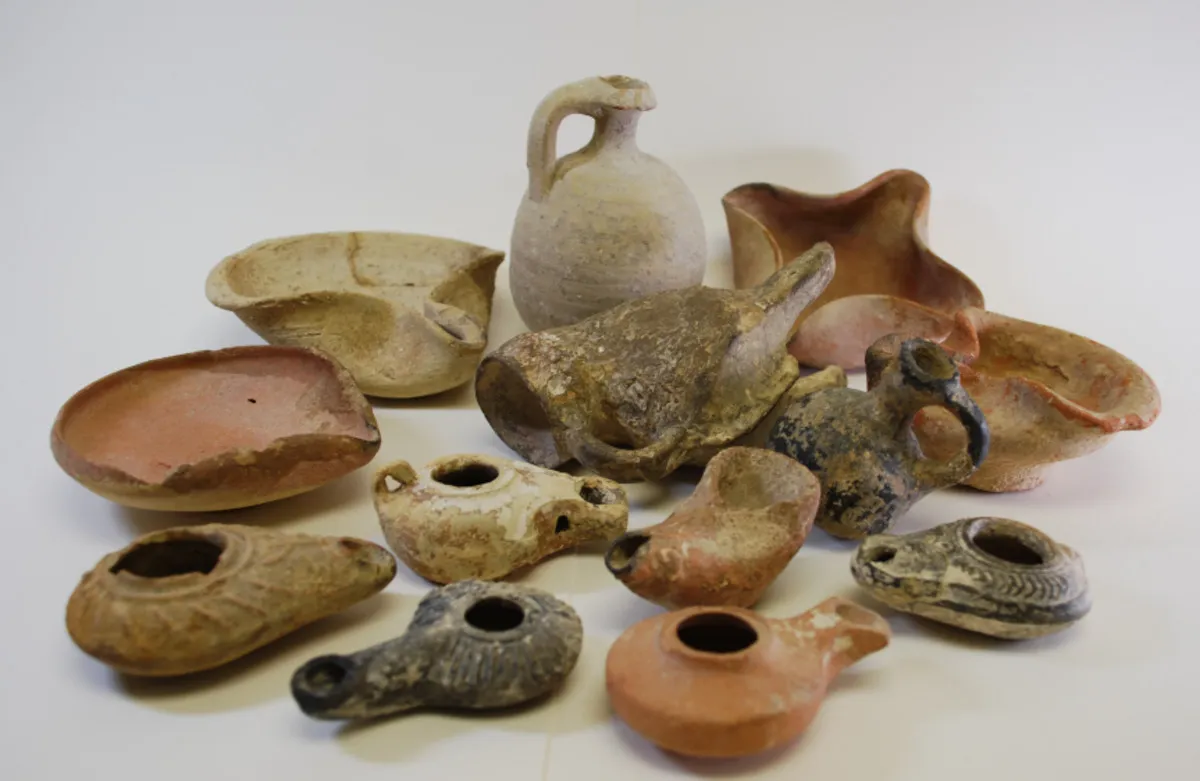
The Birth of True Porcelain: The Milestone of Eastern Han Celadon
Mature porcelain emerged in the Eastern Han Dynasty (23–220 CE). Excavated shards from the Xiaoxiantan kiln site, Shangyu, Zhejiang, indicate that the bodies of the porcelain from this time were fine-textured, with smooth glazes, tight body and glaze fit, and extremely low water absorption—fully meeting the present-day definition of porcelain. This was the result of two factors:
- Application of Kaolin Clay: Refined porcelain clay increased the purity of the ceramic body.
- Firing at High Temperature: Kiln firing at temperatures over 1200°C ensured complete vitrification.
Eastern Han celadon bridged the “primitive” and “mature” porcelain in China and formed the basis for future improvements.
The Golden Age of Porcelain: Glory from the Tang to Qing Dynasties
Tang Dynasty: Celadon and white porcelain existed side by side, with the Xing kiln in the north and the Yue kiln in the south creating the “silver-like snow” and “emerald peaks,” respectively, to constitute the legendary “southern celadon, northern white” style.
Song Dynasty: Each of the Five Great Kilns (Ru, Guan, Ge, Jun, and Ding) had its own styles, and Jingdezhen was renowned for its bluish-white (qingbai) porcelain, the pinnacle of ceramic technology.
Yuan Dynasty: Blue-and-white porcelain (qinghua) brought underglaze painting to new heights and made Jingdezhen the “porcelain capital of the world.” Its products were exported throughout Asia and Europe and were referred to as “china” in the West.
Ming & Qing Dynasties: Enamel paints, famille rose, and other overglaze techniques matured, solidifying porcelain’s status as imperial art and global commodity.
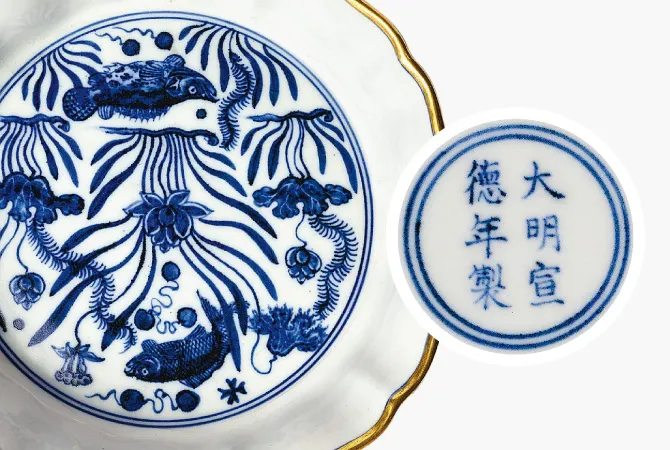
Porcelain’s Global Influence: A Cultural Bridge from East to West
Chinese porcelain was not merely functional in nature—it was a cultural exchange vehicle. As early as the 16th century, sea trade routes like the “Porcelain Road” sent enormous quantities of Chinese porcelain to Europe, where it was a highly prized luxury among the aristocracy. Other nations, like France and the Netherlands, attempted to imitate it, with eventual success in the 18th century by using recipes of kaolin clay acquired from Jingdezhen through Jesuit missionaries (e.g., France’s Limoges porcelain). This is just one instance of the far-reaching impact of Chinese porcelain technology on crafts around the globe.
Loving Home: Honoring Tradition, Crafting the Future
Influenced by this millennium-long legacy, Un foyer d'amour bridges traditional techniques and modern demands to offer:
- Premium Ceramic Tableware: Firing at high temperature and using eco-friendly glazes for durability, safety, and compliance with international standards.
- Customization Services: Restaurants, hotels, gifts, and more – we provide customized designs in pattern, shape, and glaze.
- Wholesale & OEM Solutions: We offer flexible production of small lots to bulk orders.
From the minimalist elegance of classic white porcelain to the artistic beauty of hand-painted blue-and-white, we produce each piece with passion, reinterpreting traditional porcelain for contemporary living.
Reach out to Un foyer d'amour today—let your brand shine with the beauty of porcelain!
